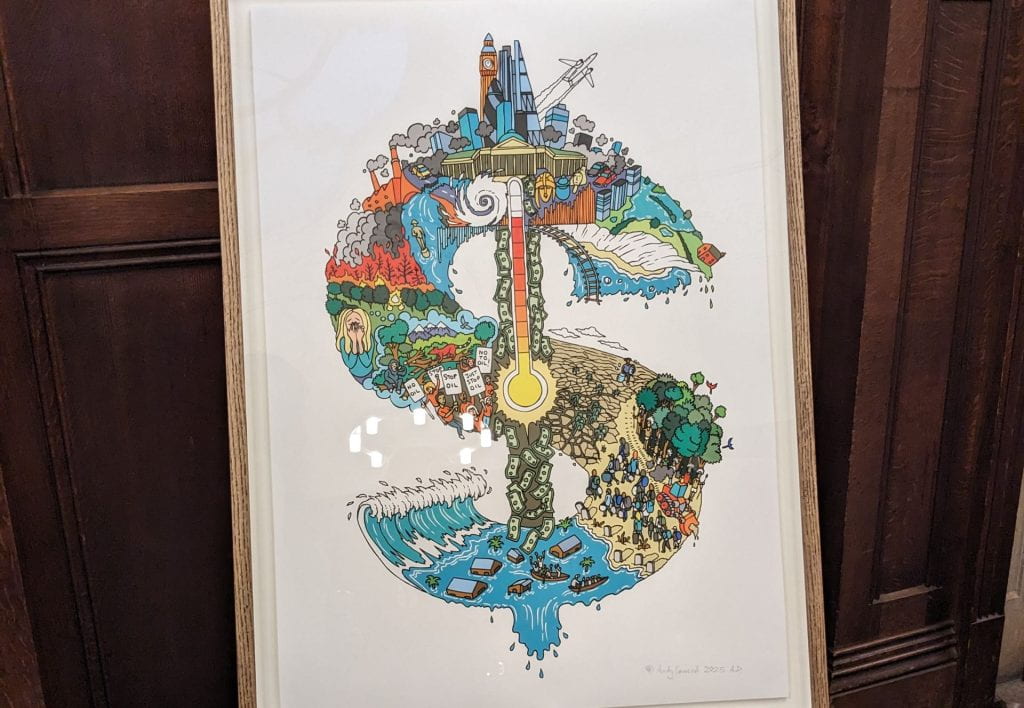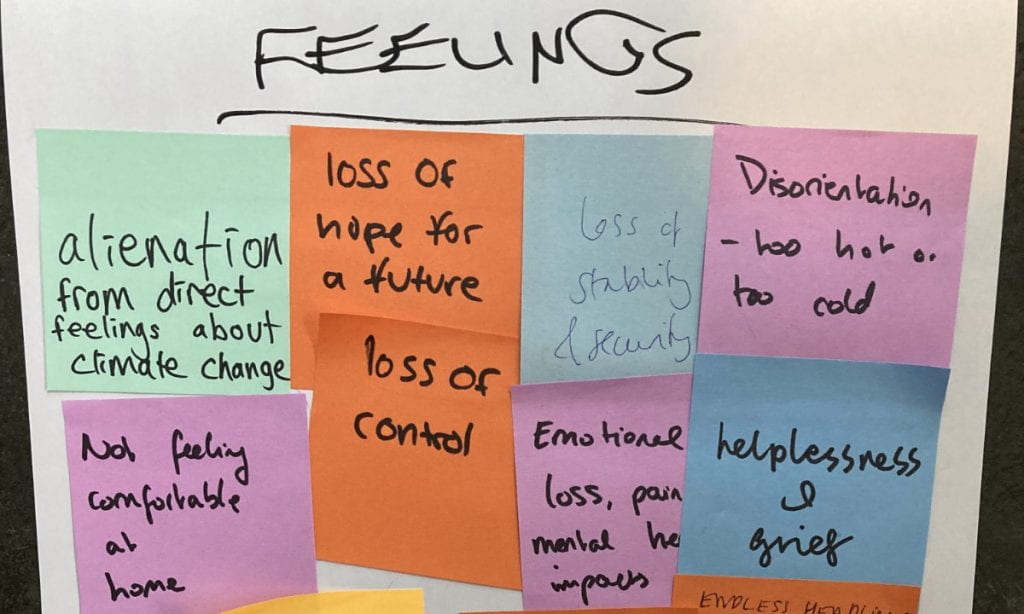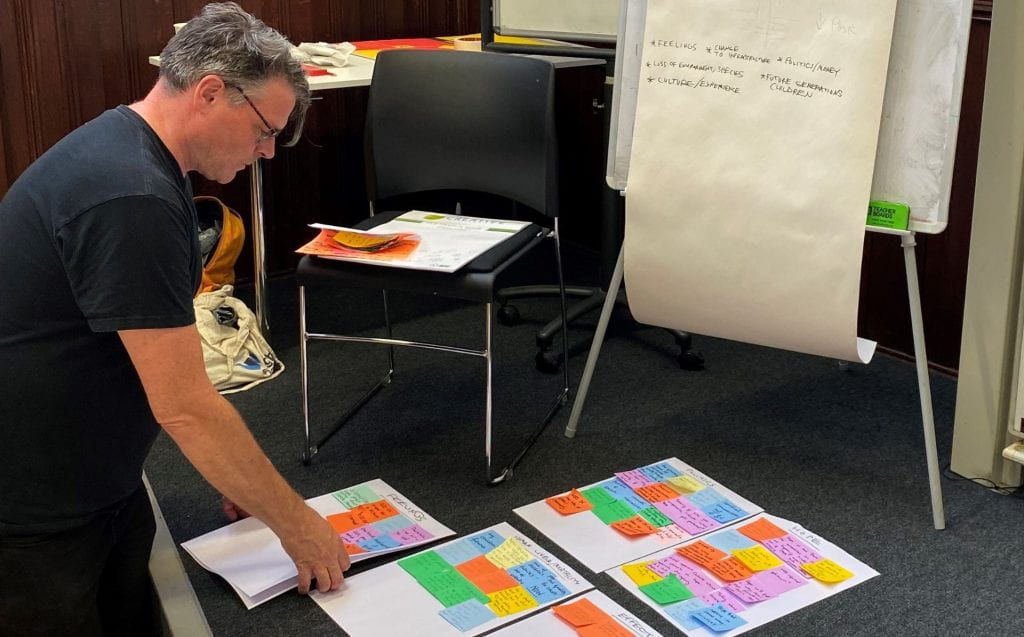
In July 2023, the Cabot Institute for the Environment and Universities UK Climate Network hosted an event focusing on loss and damage.
Loss and damage captures the adverse impacts and irreversible harm caused by climate-related events and changes, particularly in vulnerable and disadvantaged communities. It recognizes that some effects of climate change cannot be fully mitigated or adapted to, leading to tangible and intangible losses such as loss of lives, livelihoods, cultural heritage, and ecosystems.
Loss and damage has become a significant topic in international climate negotiations, with discussions focusing on how to address and compensate for unavoidable consequences of climate change, often in the context of financial support and liability for those responsible.

Participants at the workshop were encouraged to speak openly about their emotions around climate change losses and what it might look like to be compensated. They spoke openly and with great vulnerability about what they feared and hoped for.

Artist Andy Council was on hand to take notes and created a stunning piece of art to reflect our conversations – centering around greed, grief, injustice, and anger.

Andy said ‘When I attended the event, I heard different thoughts on the issues raised and I wanted to get as many of these into my artwork piece as possible. I wanted to get the different ideas as smaller components into a larger image, a symbol: the dollar sign. It seemed relevant as unfortunately things come down to money – profit from industry over climate change and habitat loss, money put towards preserving prestigious artefacts, less industrialised nations bearing the brunt of climate change and the funding to compensate for the loss and damage. The artwork is overall quite dark and gloomy, however there are elements of hope within the piece with images of resistance and preservation of the world’s natural landscape.’

Art has the unique ability to transcend language and cultural barriers, making it a powerful tool for raising awareness and fostering understanding of complex global issues like loss and damage. Climate change often feels abstract and distant, but through art, it can become tangible and emotionally resonant. Art can also convey the urgency and gravity of the issue, bridging gaps between different communities and fostering a sense of shared responsibility.
The UK Climate network said ‘we are keen to make sure that our research connects to people and action outside the academic world. It was great to see Dr Alix Dietzel engaging the public on this topic and bringing the conversation to life through art.’
COP27 established a Loss and Damage Fund that aims to provide financial assistance to nations most vulnerable and impacted by the effects of climate change. However, the UNFCCC has not yet specified which countries should contribute to the fund, and who will be eligible to receive help. As we head into COP28, all eyes will be on the negotiations to see whether these aspects of the fund can be nailed down.
